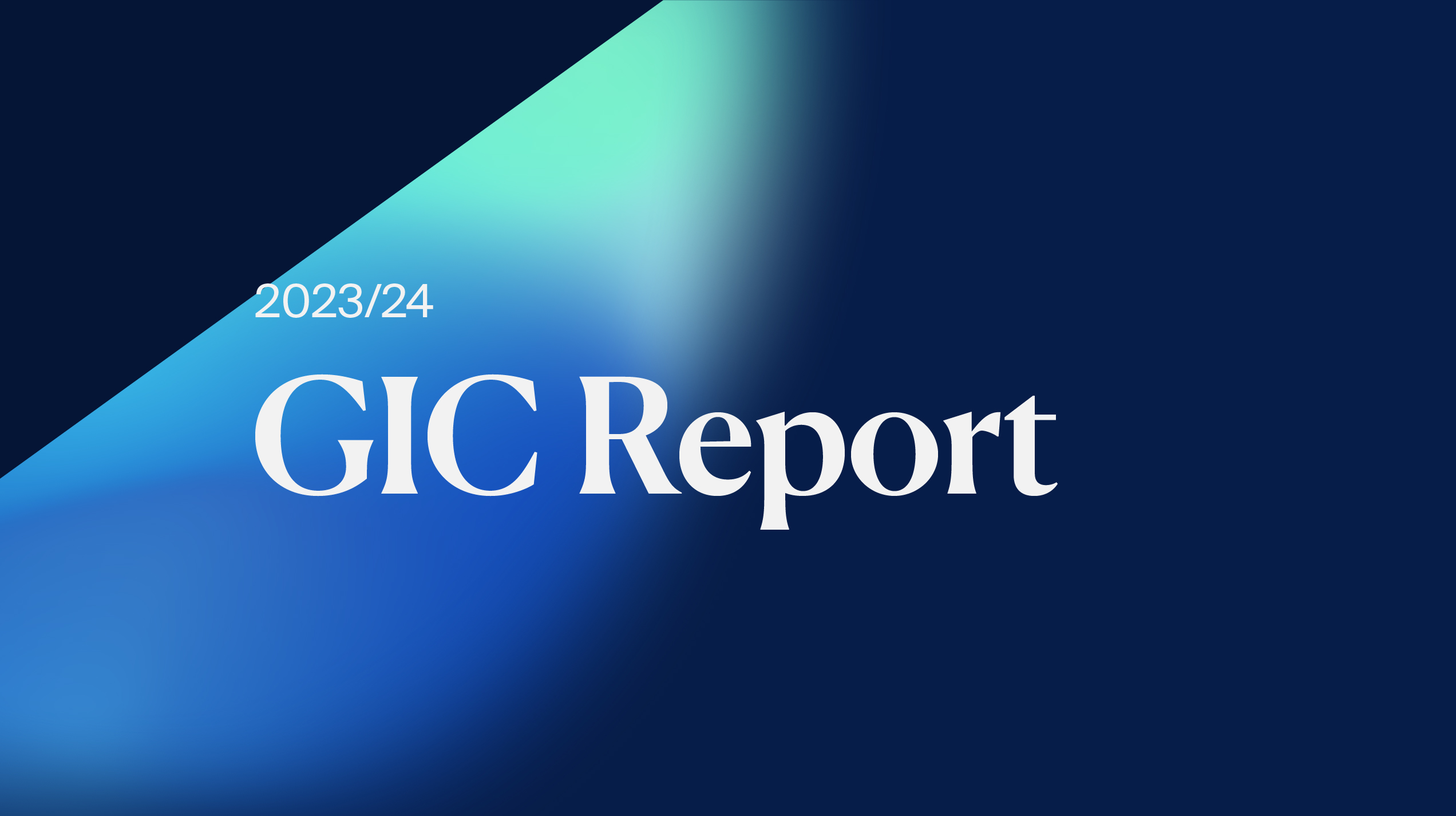This research piece was co-authored by Grace Qiu, Senior Vice President, Economics & Investment Strategy, GIC; Kenneth Ho, Portfolio Manager, External Managers Department, GIC; Sung Zheng Jie, Associate, Economics & Investment Strategy, GIC; Pierre Chabran, Senior Analyst, Relative Value & Global Macro/Opportunistic Hedge Fund Solutions, JP Morgan Asset Management; Lyn Ngooi, Investment Specialist, Hedge Fund & Alternative Credit Solutions, JP Morgan Asset Management; Derek Guo, Investment Risk Analyst, Hedge Fund & Alternative Credit Solutions, JP Morgan Asset Management; and Aaron Puthan, Analyst, Relative Value & Global Macro/Opportunistic Hedge Fund Solutions, JP Morgan Asset Management.
The authors would like to thank Chiam Swee Chiang from GIC, and Richard Bersch, and Brian Burke from JP Morgan Asset Management for their contributions to this work.
Executive Summary
- This paper presents an integrated top-down and bottom-up hedge fund allocation framework for investors. As institutional investors focus on ways to diversify a traditional 60/40 portfolio and generate a higher share of returns through alpha rather than beta, especially in an increasingly challenging investment environment, hedge fund allocation has emerged as a timely topic.
- Our framework discusses both top-down and bottom-up perspectives. From the top-down angle, we emphasise the importance of articulating the roles we expect hedge funds to play in the total portfolio and use that to design allocation ranges and structural guidelines for the programme.
- Our paper proceeds by first identifying three primary attributes that investors seek from hedge fund investments — low correlation to equities, resilience in equity drawdowns, and alpha generation.
- As opposed to classifying hedge funds by strategy, we propose an alternative method for categorising hedge funds — based on the three attributes identified. We break down the hedge fund universe into four hedge fund sub-groups with unique risk/return profiles: Loss Mitigation, Equity Diversifier, Equity Complement, and Equity Substitute.
- We then show, through a portfolio construction case study, that a standalone hedge fund portfolio tends to lean towards higher beta funds to achieve higher returns, while an approach that seeks to integrate the hedge fund allocation with the broader portfolio tends to favour diversifying funds. Instead of taking more beta risk in hedge fund allocation to achieve higher returns, we also explore utilising leverage on diversifying funds to increase risk taking without deteriorating the portfolio’s Sharpe ratio.
- From the bottom-up perspective, we then provide insights on manager selection and day-to-day portfolio management. On manager selection, we emphasise the importance of choosing managers whose characteristics align with the desired hedge fund roles, demonstrate a clear competitive advantage, and complement other funds fulfilling similar roles. We also explore the benefits of investing in emerging managers.
- Last, we discuss the considerations and trade-offs concerning the optimal number of funds and the sizing of each fund, as well as risk management.
- The hedge fund framework serves as a concrete example of the total portfolio approach that many institutional investors have been implementing. Here, top-down total portfolio needs guide the allocation ranges and structural guidelines, while bottom-up observations and insights continually feed back into top-down portfolio considerations, creating a continuous cycle of improvement. Compared to traditional strategic asset allocation (SAA) models which separate top-down and bottom-up considerations, we believe that an integrated framework is more effective.
Please click on “Save As PDF” for the full paper.







